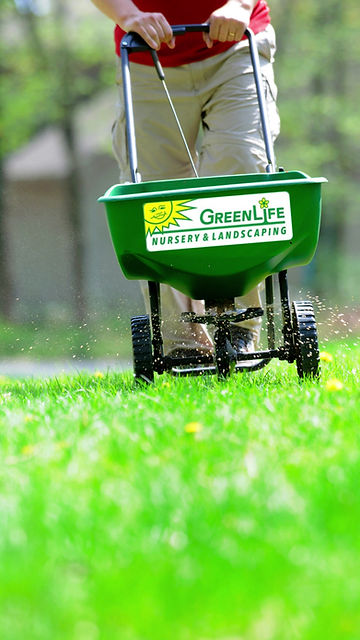top of page
Pansies are in and they are...
well come see them for yourself
Our Plant of the Month is Dash Dianthus
One Gorgeous Plant!!!!






GREEN DREAMS,
EXPERT SCENES
is what we do!
For a beautiful new landscape design Call Todd at
254-776-2400
for your estimate!
Come by and see our large selection of pottery

For more plants tips and specials, sign up for our monthly newsletter below.


Need a shade loving plant?
Introducing Farfugium!
Also, know as tractor seat plant
or leopard plant.
This is a must plant for any shady area!

To receive this monthly newsletter,
enter your email below

Greenlife Nursery provides landscape material for Waco Habitat for Humanity homes at no charge. We are helped in this endeavor by the coordination and planting services of McLennan County Master Gardeners.
bottom of page


